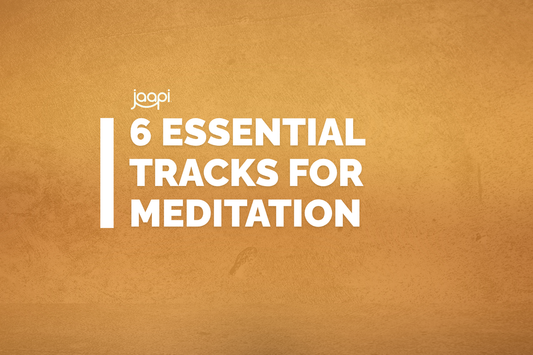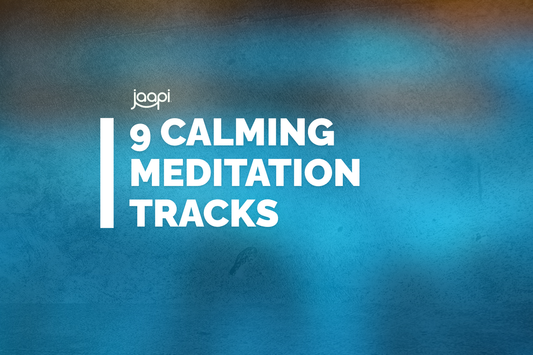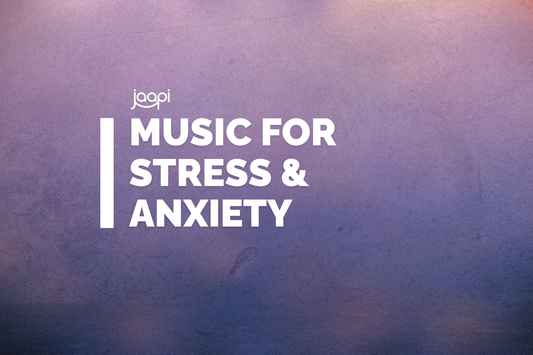Is it Better to Meditate With or Without Music? Pros, Cons & Best Practices
Whether to meditate with or without music depends on your experience level and goals—beginners often benefit from calming music that helps quiet mental chatter, while experienced practitioners may prefer silence for deeper introspection. The good news? You don't have to choose permanently. Most meditation teachers recommend experimenting with both to discover what supports your practice best.
Affiliate Disclosure: As an Amazon Associate, we earn from qualifying purchases. We only recommend external tools that complement your practice.
Meditating With Music: Key Benefits
- Calming music, healing frequencies, and gentle nature sounds make it easier to relax and quiet the mind—especially for beginners or those processing stress. Research from Calm.com shows music helps beginners maintain focus longer.
- Music can foster emotional release, anchor attention, and intensify the immersive aspect of mindfulness sessions. National Geographic's overview explains how sound meditation activates different brain regions than silent practice.
- Traditional meditation cultures have long used chanting, singing bowls, and ambient instruments for sound-based mindfulness—these practices continue because they work.
- Specific frequencies can enhance different meditation goals. For example, 432 Hz tends to feel grounding, while 528 Hz often supports emotional openness.
Browse our royalty free meditation music featuring healing frequencies and calming soundscapes for every meditation style.
Try before you commit:
Download free meditation music to test different styles and frequencies.
Meditating in Silence: Key Benefits
- Silent meditation allows for maximum inward focus and self-awareness—ideal for advanced practitioners focusing on insight, awareness, or mantra practice. PubMed clinical research links silent meditation to deeper physiological relaxation.
- Many practitioners find silent meditation produces more consistent results over time, though it requires more discipline initially.
- Reduces chance of distraction, allowing the mind to naturally settle into its own rhythm without external anchoring.
- Silence helps you notice subtle internal states—thoughts, sensations, emotions—that music might mask or override.
How to Choose the Best Style for You
For Beginners:
- Start with gentle music—it gives your wandering mind something to return to when distracted. Good headphones help you hear the subtle tones that guide relaxation.
- Try our guided meditation scripts which pair voice guidance with music—perfect for learning technique while staying focused.
- Create a comfortable space with a meditation cushion to support longer sessions as your practice develops.
For Experienced Practitioners:
- Experiment with silence to deepen self-inquiry and awareness practices. You might be surprised how different it feels.
- Use music strategically—perhaps for evening relaxation sessions but silence for morning clarity practice.
- Track what works in a practice journal. Note which approach helps you access deeper states on different days.
Match Your Style to Your Intention:
- Music for stress relief and emotional release
- Silence for insight meditation and self-inquiry
- Music for body scans and progressive relaxation
- Silence for mantra or breath-focused practices
- Music during group meditation to synchronize energy
- Silence for personal retreat or intensive practice
What Research Shows
Studies suggest both approaches create measurable benefits, just through different mechanisms. Music meditation tends to reduce stress markers faster and feel more accessible to beginners. Silent meditation shows stronger effects on sustained attention and self-awareness over time.
Interestingly, the brain wave patterns differ slightly—music meditation increases alpha waves more quickly, while silent meditation produces more consistent theta wave activity in experienced practitioners.
Which Frequencies Work Best With Music?
If you decide to use music for meditation, specific healing frequencies can enhance your practice. For a complete overview of which frequencies support different meditation goals—from focus to deep relaxation to emotional release—see our comprehensive list of healing frequencies. This guide helps you match frequency to intention.
Practical Tips for Both Approaches
- If using music: Choose tracks without lyrics or dramatic shifts. Ambient, nature sounds, or healing frequencies work best. See our post on what music works best for meditation for specific recommendations.
- If choosing silence: Start with shorter sessions (5-10 minutes) and build up. Some background white noise or nature sounds can help if complete silence feels uncomfortable at first.
- Mix approaches: Many practitioners use music to settle in, then transition to silence for the core practice. There's no rule against blending styles.
- Consider your environment: Noisy surroundings? Music or noise-canceling headphones might work better than fighting distractions in silence.
The Bottom Line
There's no "right" way—choose music, silence, or a blend based on what brings you the most calm, clarity, and well-being today. Your preferences may even shift over time as your practice evolves. What works during stressful periods might differ from what serves you during peaceful times.
The best meditation practice is the one you'll actually do consistently. If music helps you show up on your cushion daily, use music. If silence deepens your experience, embrace silence. Listen to your own experience—it's the most reliable teacher.









